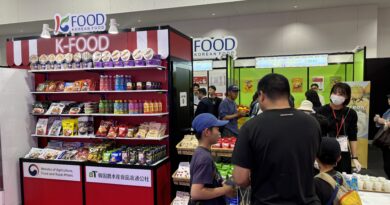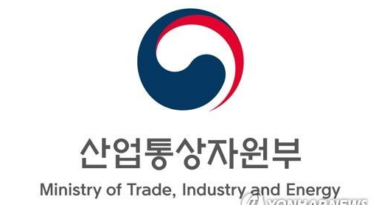Expected price stability due to expansion of vegetable supply and full-scale discount support from the government

The Ministry of Agriculture, Food and Rural Affairs (Minister Song Mei-ryung, hereinafter referred to as the Ministry of Agriculture, Food and Rural Affairs) announced that as public interest in seasonal product prices increases ahead of Chuseok, it plans to strengthen monitoring of production conditions to stabilize supply and demand of major seasonal products and focus on stabilizing prices of seasonal products, such as by providing discount support for agricultural and livestock products.
Looking at the supply and demand trends of major agricultural products, vegetable crops such as cucumbers, zucchinis, and green peppers, whose prices rose due to heavy rain and high temperatures in the summer, are recovering in September as temperatures drop, and the shipping area is expanding. However, consumer prices are temporarily rising due to increased demand ahead of Chuseok, but wholesale prices are showing a downward trend, so consumer prices are expected to stabilize.
Garak Market Imports (Early September last year → Early September this year): Cucumbers 232 tons/day → 276 tons/day, Zucchinis 148 tons/day → 145 tons/day, Cheongyang peppers 74 tons/day → 74 tons/day Spinach, a
low-temperature vegetable, had a poor crop due to the heat wave, but shipments from major production areas such as Pocheon, Gyeonggi Province have recovered to the previous year’s level due to the drop in temperature, and the shipment area is expected to expand to Pohang, Gyeongbuk Province in the future, so prices are expected to gradually stabilize.
In order to increase the supply of cabbage during the peak Chuseok season, the government is supplying as much as possible of the available quantity, including contracted cultivation quantity, and is also providing increased support for shipment incentives to increase shipments from frontline agricultural cooperatives and distributors in producing areas.
Existing (harvest cost + transportation cost = approx. 500 won per bundle) → Increased (Existing + listing fee = 900-1,000 won per bundle)
In addition, the Ministry of Agriculture, Food and Rural Affairs has been greatly expanding the discount support items so that consumers can receive discounts of up to 40% on agricultural and livestock products sold at large marts starting September 5 (Thursday), and as a result, the consumer prices of the relevant items are also showing a downward trend.
Existing (2 items) cabbage and radish → Expanded (15 items) cabbage, radish, apple, pear, garlic, chestnut, jujube, egg, cucumber, zucchini, green pepper, chicken, spinach, turnip, chive
Price change (late August → September 6): Radish 3,868 won/unit → 3,698 won, peeled garlic 10,299 won/kg → 8,894 won, apples 27,702 won/10 units → 25,878 won
However, while large marts immediately reflect the discounted price in the consumer price, traditional markets do not specify discount items and provide a discount of about 30% through agricultural gift certificate discounts or Onnuri gift certificate refunds that can be used when purchasing agricultural and livestock products, so there may be a difference in the shopping cart prices perceived by consumers.
According to a survey by the Korea Agro-Fisheries & Food Trade Corporation (aT), the results of the survey on the cost of preparing Chuseok ancestral rite tables showed that, despite the absence of discount prices, prices of fruits and livestock products excluding vegetables in traditional markets fell, rising 1.6%, which was lower than the consumer price inflation rate in August (2.0% year-on-year).
Meanwhile, the Ministry of Agriculture, Food and Rural Affairs will hold a Onnuri Gift Certificate refund event at 120 traditional markets nationwide from September 9 to 15, and consumers who purchase agricultural and livestock products can receive a refund of 10,000 won in Onnuri Gift Certificates for every 34,000 won they purchase by visiting the event booth with their receipt.
Editor. Hong Se-yeong







